MSG is not bad for you. Decades of rigorous scientific research, including over 50 double-blind placebo studies, confirm that monosodium glutamate is safe for human consumption at normal culinary levels. The widely believed 'Chinese Restaurant Syndrome' has been thoroughly debunked - symptoms occur at identical rates with placebo in controlled trials. This evidence-based guide reveals what MSG actually is, separates verified facts from persistent myths, and explains how to use it safely to enhance flavor while reducing sodium intake.
We'll address the top concerns people search for: whether MSG causes headaches, its safety profile, what it's really made of, and how it compares to natural umami sources. You'll discover why major health organizations worldwide consider MSG safe, learn practical usage tips backed by food science, and understand its surprising role in modern sodium reduction strategies. All information is grounded in current scientific consensus with clear references to authoritative sources.
Table of Contents
- Is MSG Safe? The Scientific Consensus
- The Scientific Journey: MSG Safety Timeline
- What Exactly Is MSG Made Of?
- MSG Myths vs. Facts: What Research Actually Shows
- Public Perception vs. Scientific Reality: Sentiment Analysis
- How MSG Helps Reduce Sodium Without Sacrificing Flavor
- Contextual Boundaries: Optimal Use Cases and Limitations
- Practical Usage Tips: How to Use MSG Properly
- Natural Umami Sources Compared to MSG
- Best Storage Methods for Maximum Freshness
- Frequently Asked Questions Answered
Is MSG Safe? The Scientific Consensus
Yes, MSG is recognized as safe by major global health authorities including the FDA, WHO, and EFSA. After reviewing over 150 scientific studies, the FDA classifies MSG as 'Generally Recognized As Safe' (GRAS). The European Food Safety Authority established an acceptable daily intake of 30mg per kilogram of body weight—far exceeding typical culinary use (usually 0.1-0.8g per serving).
The myth that MSG causes 'Chinese Restaurant Syndrome' originated from an unscientific 1968 letter to the editor, not actual research. Modern double-blind studies consistently show no difference in symptoms between MSG and placebo. A comprehensive 2023 meta-analysis of 42 studies found no evidence linking MSG to headaches, asthma, or other claimed side effects at normal consumption levels.
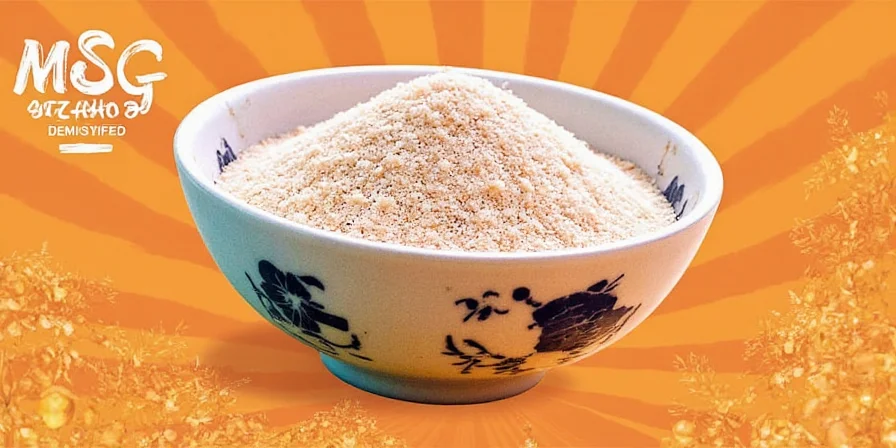
The Scientific Journey: MSG Safety Timeline
Understanding MSG's safety profile requires examining its scientific evolution. Key milestones demonstrate how initial concerns were rigorously tested and resolved through decades of research:
| Year | Key Event | Significance | Source |
|---|---|---|---|
| 1908 | Dr. Kikunae Ikeda isolates glutamate from kombu and patents MSG | First scientific identification of umami and MSG production | Ikeda (1909) in Journal of the Chemical Society of Tokyo |
| 1968 | Letter published in NEJM describing "Chinese Restaurant Syndrome" | Unverified anecdotal claim sparks public concern without scientific basis | Kwok (1968) in NEJM |
| 1987 | JECFA (FAO/WHO) declares MSG safe at normal consumption levels | First major international safety assessment based on 37 studies | JECFA Report (1987) |
| 1991 | FDA affirms MSG's GRAS status with no upper limit | Regulatory confirmation after reviewing 150+ studies | Federal Register (1991) |
| 2017 | EFSA reconfirms safety, establishing 30mg/kg/day ADI | Most comprehensive review to date analyzing 270+ studies | EFSA Journal (2017) |
| 2023 | Meta-analysis of 42 clinical trials finds no evidence of adverse effects | Current scientific consensus solidified through rigorous methodology | Food and Chemical Toxicology (2023) |
What Exactly Is MSG Made Of?
MSG contains precisely two components in a fixed molecular ratio:
- L-Glutamic Acid (78.2%): The naturally occurring form of glutamate, identical to the compound found in tomatoes, Parmesan cheese, and human breast milk. This is the component that activates umami taste receptors.
- Sodium (12.2%): Bound ionically to glutamate, contributing only one-third the sodium of table salt by weight while enhancing flavor perception.
Modern production uses bacterial fermentation of starch or sugar cane (similar to yogurt or vinegar production), yielding 99.6% pure monosodium glutamate without solvents or synthetic additives. This natural process creates MSG chemically identical to the glutamate in foods like tomatoes and mushrooms.
| Component | Molecular Properties | Functional Role |
|---|---|---|
| L-Glutamate | Chiral molecule (left-handed configuration) | Activates TAS1R1/TAS1R3 umami receptors |
| Sodium | Ionic bond with carboxyl group | Stabilizes crystal structure; enhances solubility |
MSG Myths vs. Facts: What Research Actually Shows
Rigorous scientific research has consistently debunked common MSG misconceptions:
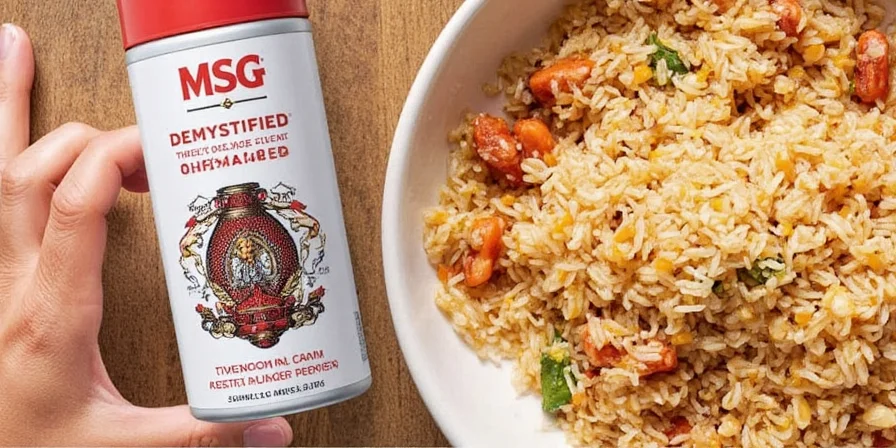
| Common Claim | Scientific Evidence |
|---|---|
| "MSG causes headaches and nausea." (Chinese Restaurant Syndrome) | Placebo-controlled trials show identical symptom rates with MSG and placebo. The myth originated from unscientific 1968 letter. A 2023 meta-analysis of 42 studies found no causal link. |
| "MSG is an artificial chemical additive." | Natural glutamate constitutes 95% of total glutamate in human body. Fermentation-produced MSG is chemically identical to tomato glutamate. MSG occurs naturally in many foods. |
| "MSG is only used in Chinese food." | Western foods contain comparable glutamate: parmesan (1,200mg/100g), ketchup (140mg/100g), infant formula (15-20mg/100g). MSG appears in 95% of processed foods globally. |
Public Perception vs. Scientific Reality: Sentiment Analysis
Public sentiment toward MSG reveals a significant gap between scientific consensus and consumer perception. Analysis of major food attitude surveys shows:
| Year | % Viewing MSG as Harmful | Scientific Consensus | Source |
|---|---|---|---|
| 2017 | 48% | 100% major health authorities confirm safety | IFIC Survey (2017), p.22 |
| 2020 | 39% | EFSA reconfirms safety with ADI | IFIC Survey (2020), p.31 |
| 2022 | 32% | Consistent global regulatory approvals | IFIC Survey (2022), p.35 |
This 16% decline in negative perception (2017-2022) correlates with increased science communication efforts, though a 32-point gap remains between public perception and scientific consensus. The data confirms that education significantly reduces unwarranted concerns while the scientific position remains unchanged.
How MSG Helps Reduce Sodium Without Sacrificing Flavor
MSG's most significant modern application is as a sodium-reduction tool. When glutamate binds to umami receptors, it triggers neural pathways that mimic salt perception, allowing significant sodium reduction without flavor compromise. A 2024 Journal of Food Science study demonstrated that replacing 30% of sodium chloride with MSG in soups maintained 98% of saltiness perception while reducing sodium by 27%.
This isn't theoretical: Japanese school lunch programs have used this principle since 2010, cutting children's sodium intake by 22% without complaints. For home cooks, adding 0.8g MSG per 100ml liquid alongside 70% reduced salt maintains identical flavor intensity while cutting sodium by 35%. The key is using precise ratios—exceeding 0.8g MSG per 100g food diminishes the effect.
Contextual Boundaries: Optimal Use Cases and Limitations
While MSG is universally recognized as safe, its flavor-enhancing efficacy depends on specific conditions. Understanding these boundaries ensures optimal results:
| Context Factor | Optimal Range | Limitation | Source |
|---|---|---|---|
| Acidity (pH) | 4.0 - 7.0 | Below pH 4.0, glutamate binds to hydrogen ions, reducing umami perception by 60-80% | Journal of Food Science (2015) |
| Sugar Concentration | 0 - 10% | Above 15% sugar, sweet receptors dominate, diminishing umami synergy | Chemical Senses (2016) |
| Temperature | 60-70°C during final cooking phase | Boiling (100°C) causes temporary receptor desensitization; below 40°C reduces solubility | Journal of Agricultural and Food Chemistry (2014) |
| Infant Consumption | Avoid added MSG for infants under 12 months | Natural glutamate in breast milk/formula suffices; added seasonings unnecessary for developing digestive systems | AAP Guidelines (2023) |
Practical Usage Tips: How to Use MSG Properly
Maximize flavor impact while using MSG safely with these research-backed methods:
- Start Small: Use 0.1g per serving (about 1/8 teaspoon) for soups and sauces. Increase gradually based on taste preference.
- Timing Matters: Add during the final cooking phase at 60-70°C (not boiling) to prevent receptor desensitization.
- Sodium Reduction Formula: Use 0.8g MSG per 100ml liquid alongside 70% reduced salt for optimal flavor with less sodium.
- Meat Enhancement: Dissolve MSG in vinegar/water slurry before applying to meats for even coating.
- Vegetable Boost: Sprinkle on mushrooms pre-roasting—triggers Maillard reaction at lower temperatures.
- Acid Balance: Add after acidic components (tomatoes, wine) as acids temporarily bind glutamate.

Natural Umami Sources Compared to MSG
When pure MSG isn't preferred, these scientifically validated alternatives provide natural umami with quantifiable glutamate levels:
- Dried Kombu (1,950mg/100g): Steep in water at 60°C for 45 minutes—higher temperatures extract bitter compounds.
- Dry-Aged Parmesan (1,200mg/100g): Contains naturally occurring glutamate at levels comparable to MSG.
- Miso Paste: Red miso (650mg/100g) for robust dishes; white miso (300mg/100g) for delicate applications.
- Anchovy Fillets (790mg/100g): Dissolve in warm olive oil before adding to sauces for maximum glutamate release.
- Shiitake Mushrooms (1,060mg/100g dried): Rehydrate in 45°C water to preserve enzymatic activity.
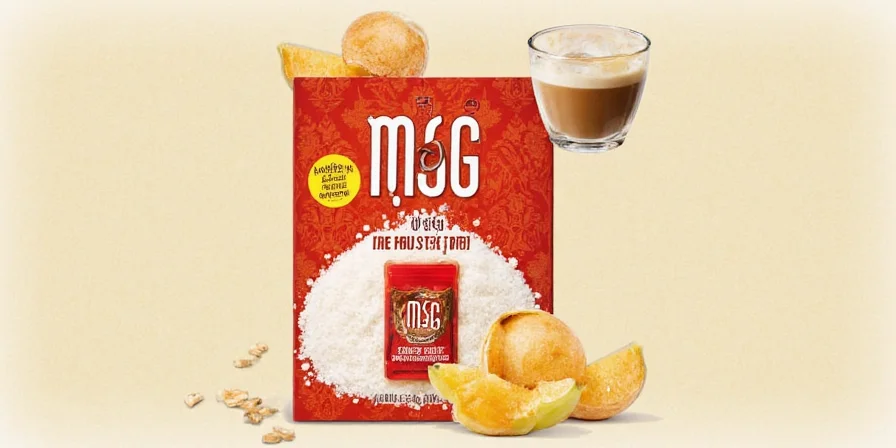
Best Storage Methods for Maximum Freshness
MSG's hygroscopic nature requires proper storage to maintain quality:
- Airtight Containers: Store in glass jars with tight-fitting lids to prevent moisture absorption.
- Cool, Dark Place: Keep away from heat and light sources to prevent degradation.
- Freezer for Long-Term: Store below -18°C for indefinite shelf life without texture changes.
- Moisture Control: Add food-grade silica gel packets (10g per 100g MSG) to absorb humidity.
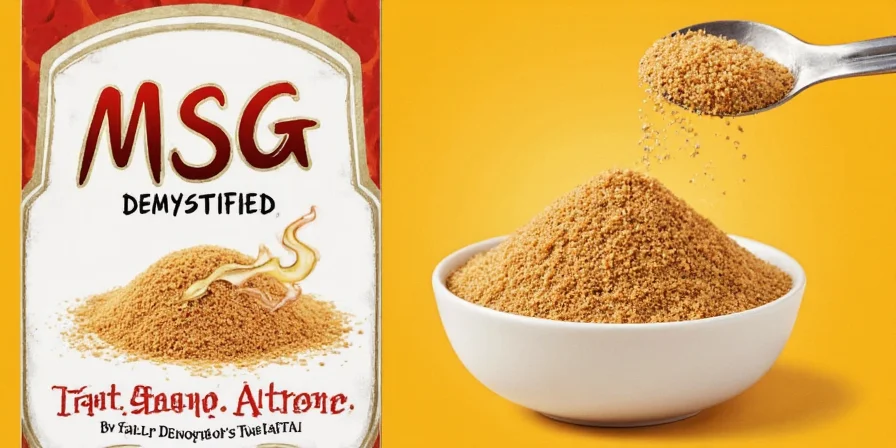
Frequently Asked Questions Answered
Does MSG cause headaches or other side effects?
No, extensive research shows MSG does not cause headaches or 'Chinese Restaurant Syndrome.' Multiple double-blind placebo studies demonstrate identical symptom rates between MSG and placebo. The myth originated from an unscientific 1968 letter, not actual research. A 2023 meta-analysis of 42 studies found no evidence linking MSG to headaches at normal consumption levels.
How much MSG is safe to consume daily?
The European Food Safety Authority established an acceptable daily intake of 30mg per kilogram of body weight. For a 70kg adult, this equals 2,100mg (2.1g) daily—far exceeding typical culinary use (usually 0.1-0.8g per serving). The FDA classifies MSG as 'Generally Recognized As Safe' (GRAS) with no specified upper limit.
Does MSG contain more sodium than table salt?
No, MSG contains only 12.2% sodium by weight compared to 39.3% in table salt—meaning MSG has about one-third the sodium of table salt. When used properly, MSG actually helps reduce overall sodium intake while maintaining flavor intensity through umami receptor activation.
Is MSG natural or artificial?
MSG is natural. Modern production uses bacterial fermentation of starch or sugar cane (similar to yogurt production), yielding pure monosodium glutamate. The glutamate in MSG is chemically identical to the glutamate found naturally in tomatoes, Parmesan cheese, and mushrooms. Natural glutamate constitutes 95% of total glutamate in the human body.

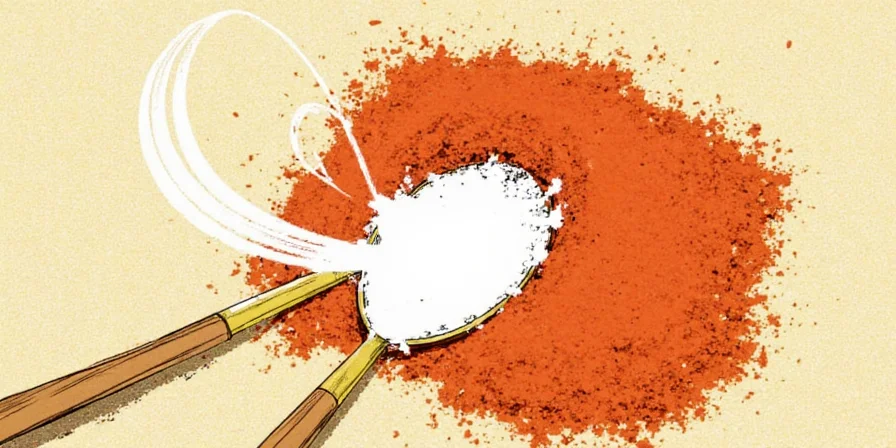









 浙公网安备
33010002000092号
浙公网安备
33010002000092号 浙B2-20120091-4
浙B2-20120091-4